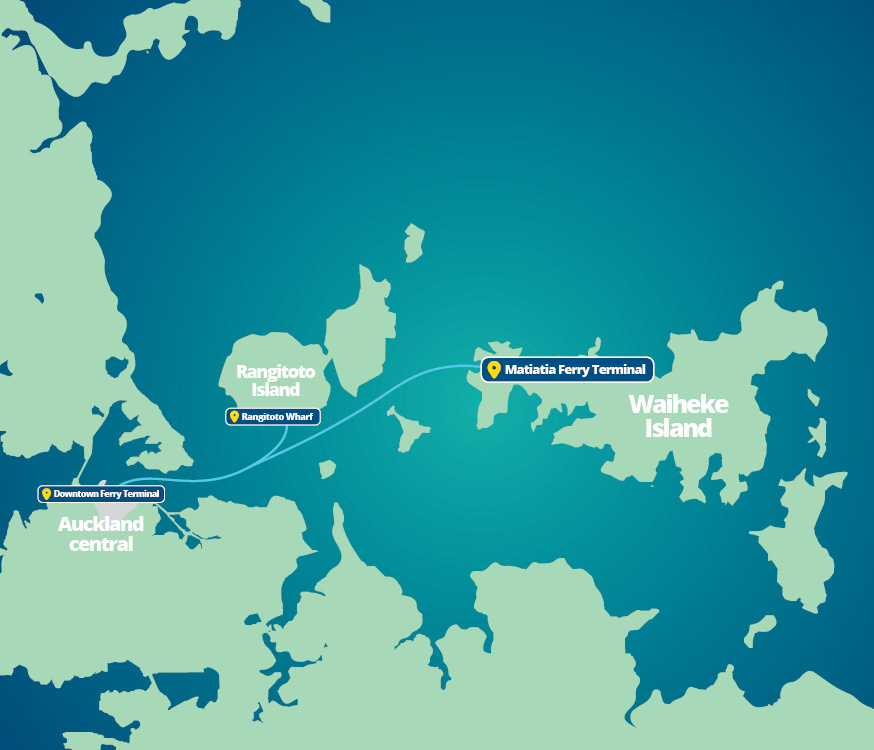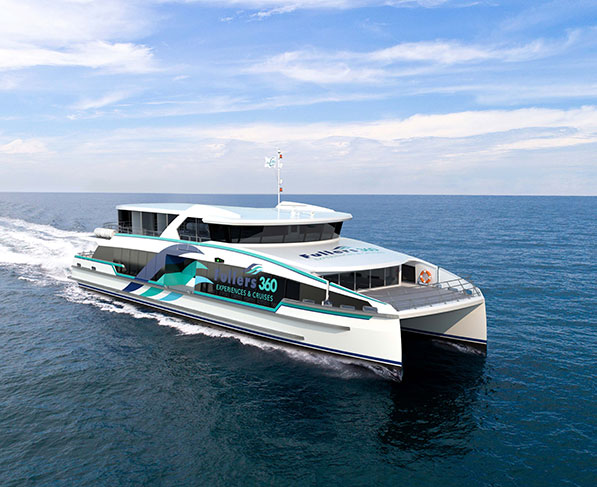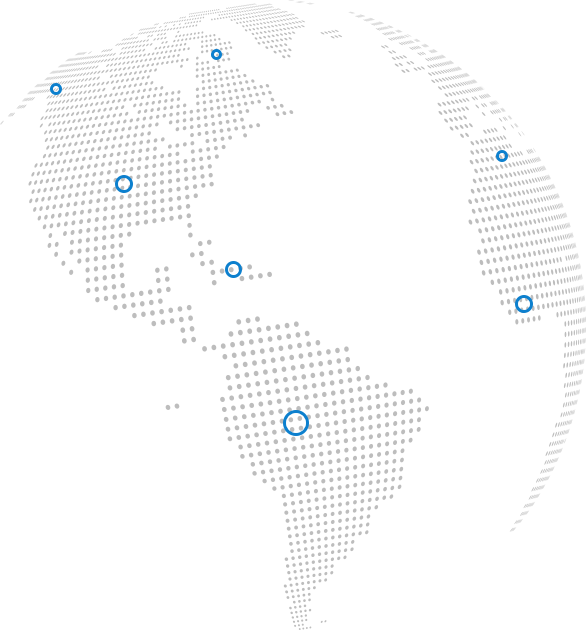Long-term decarbonisation strategy
To realise Fullers360’s mission of decarbonising the Hauraki Gulf, a Public Private Partnership (PPP) was negotiated with local and central government resulting in their commitment to invest in new vessels and develop shoreside infrastructure.
As a result, a suite of new electric-hybrid vessels is being delivered for Auckland.




